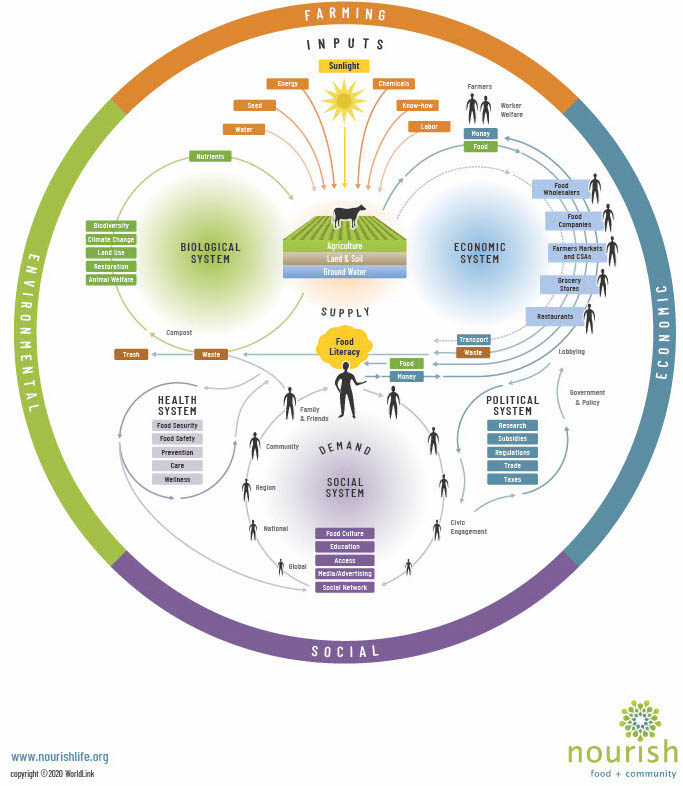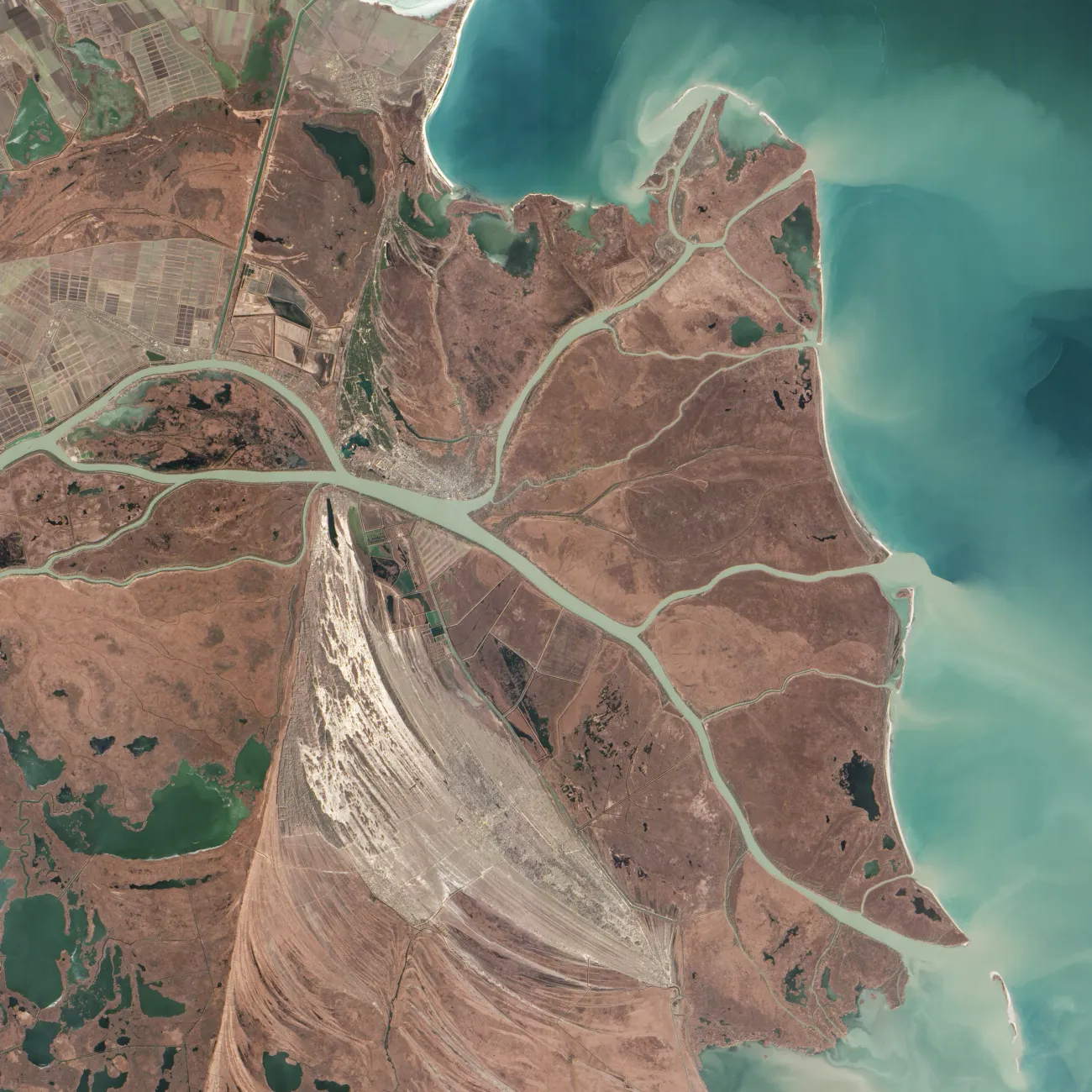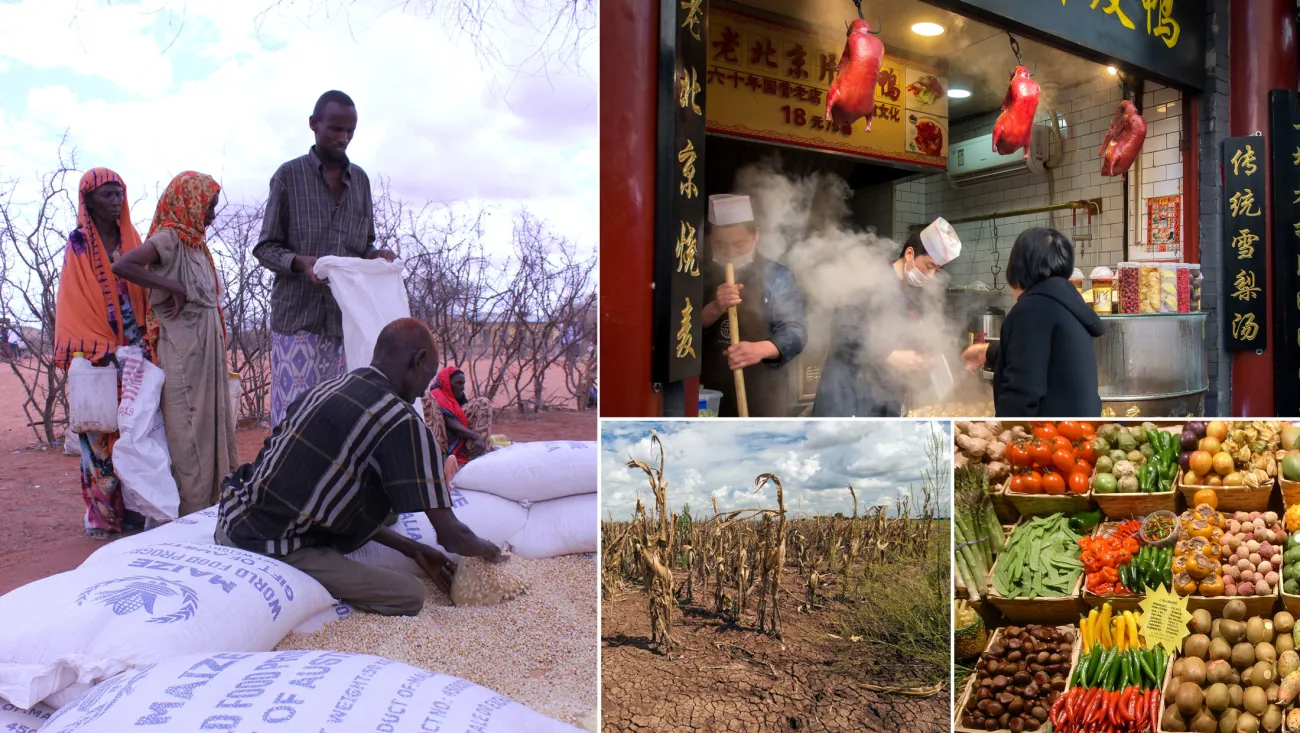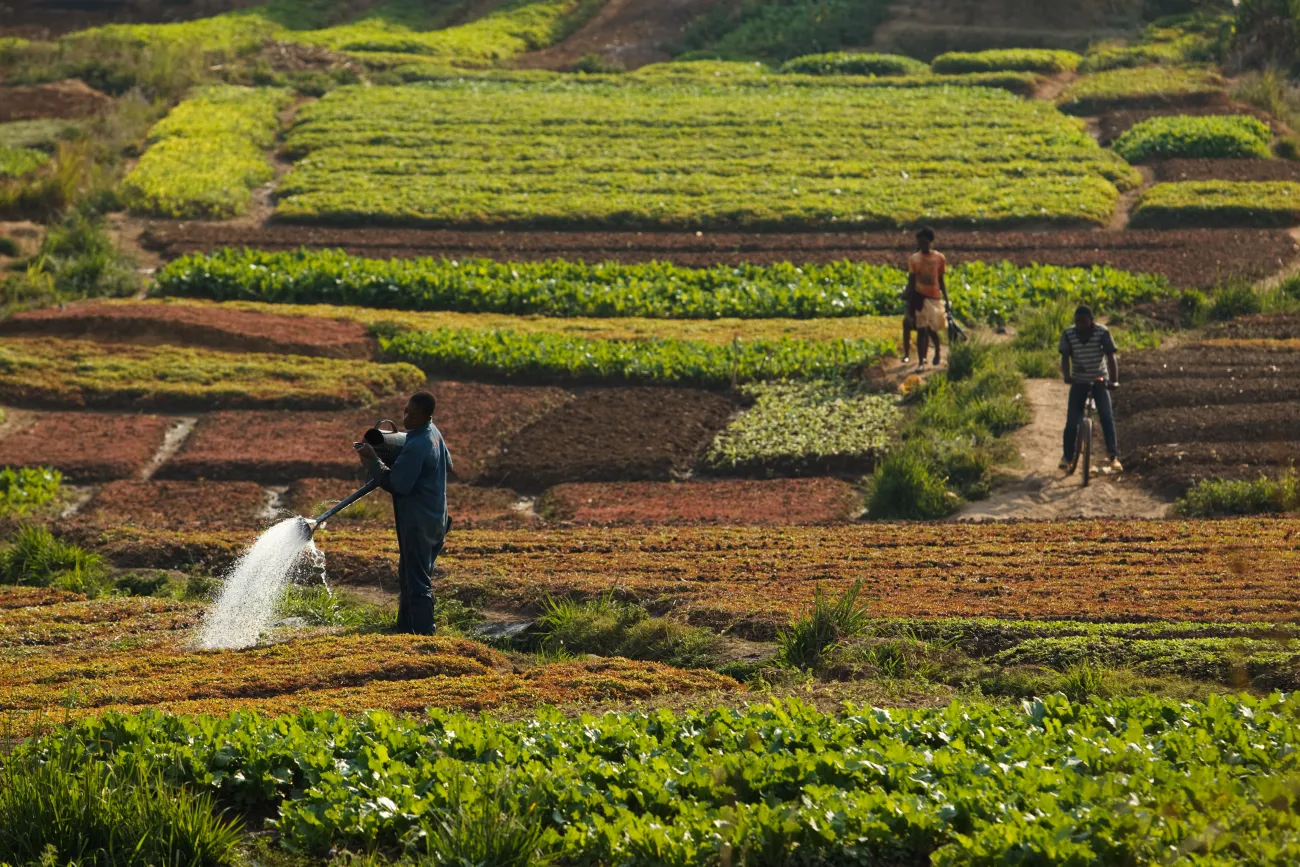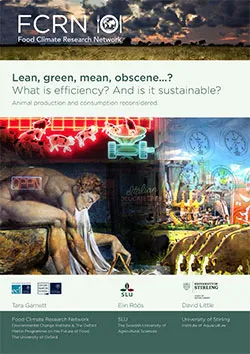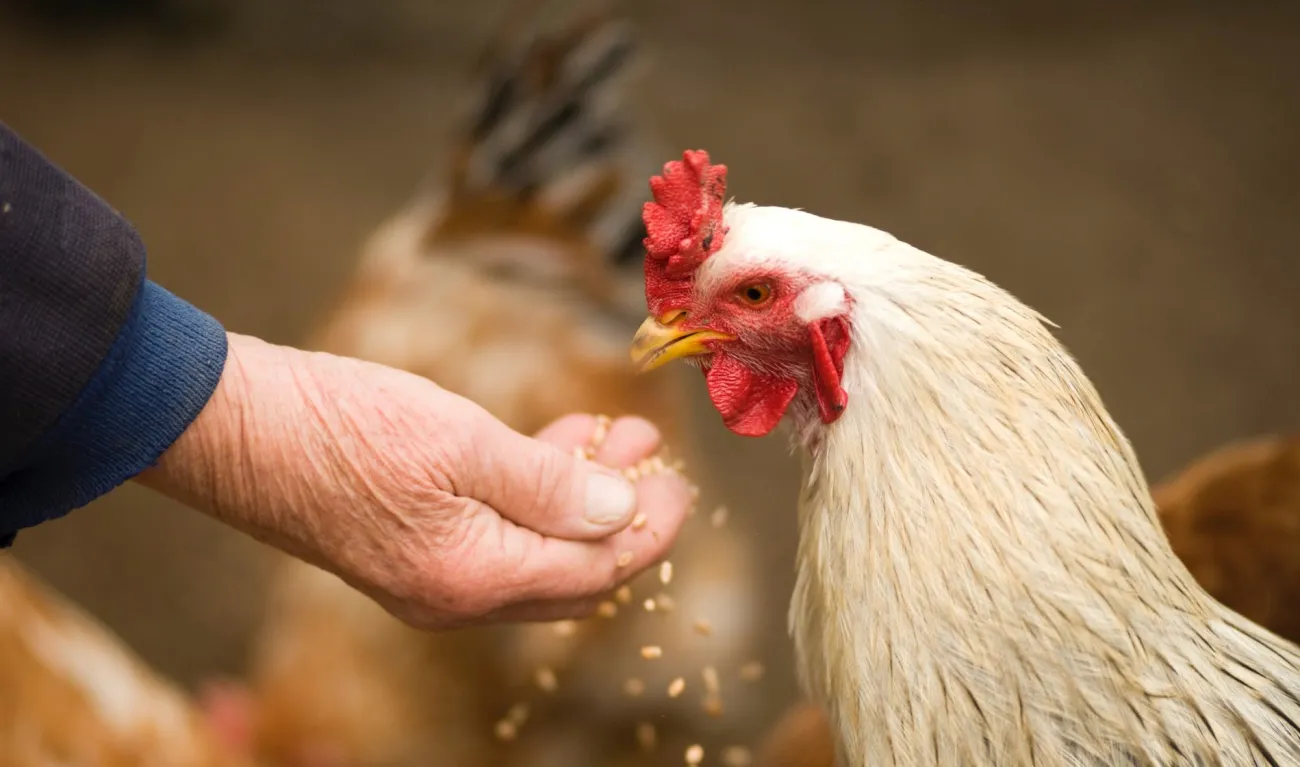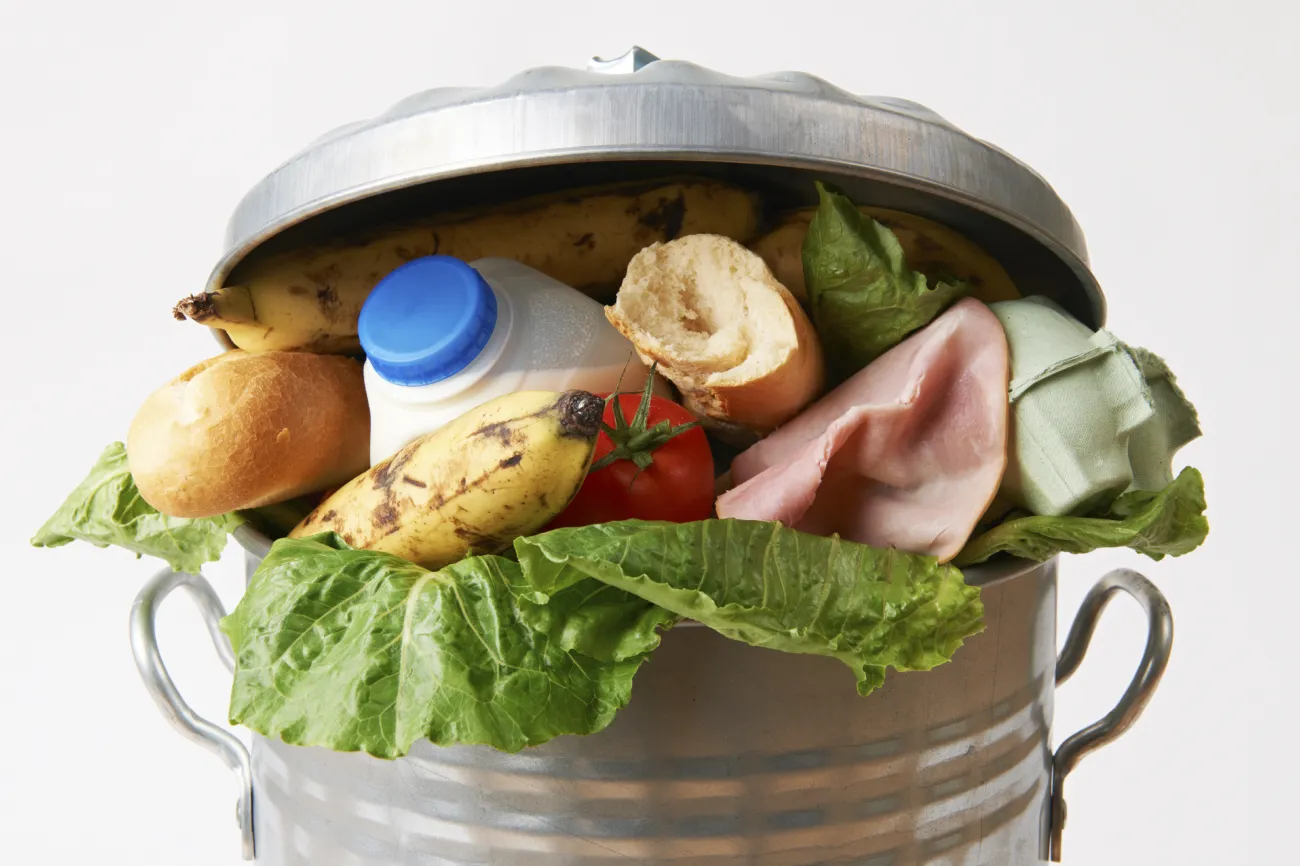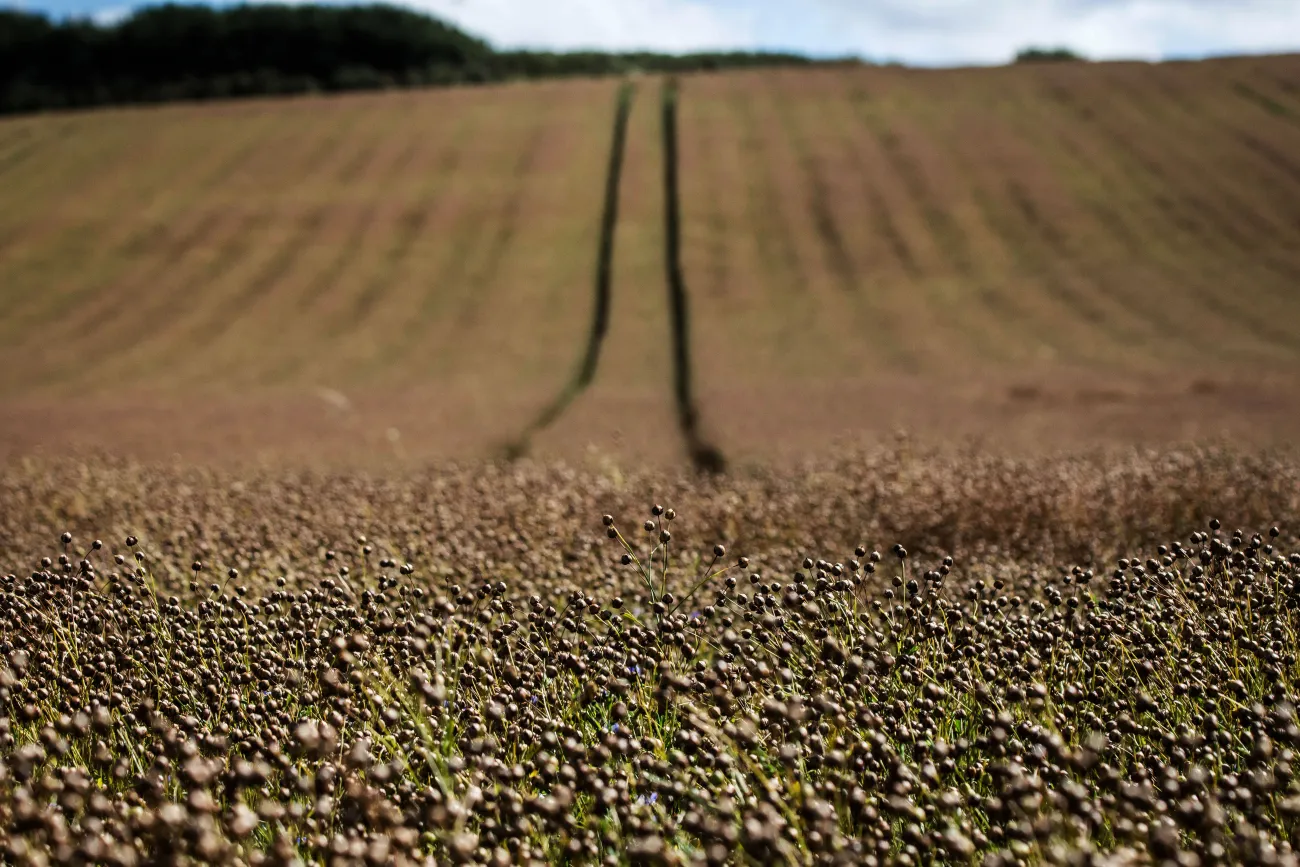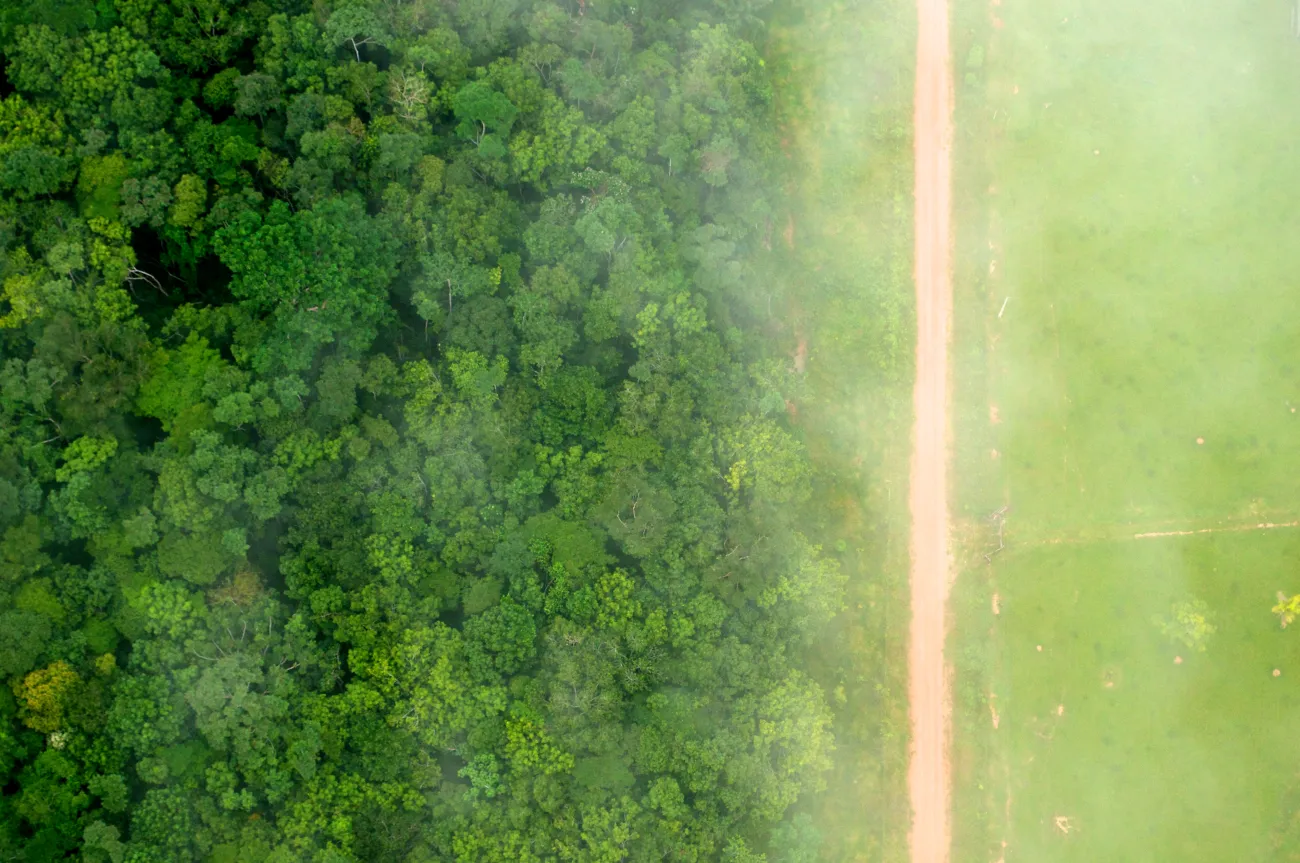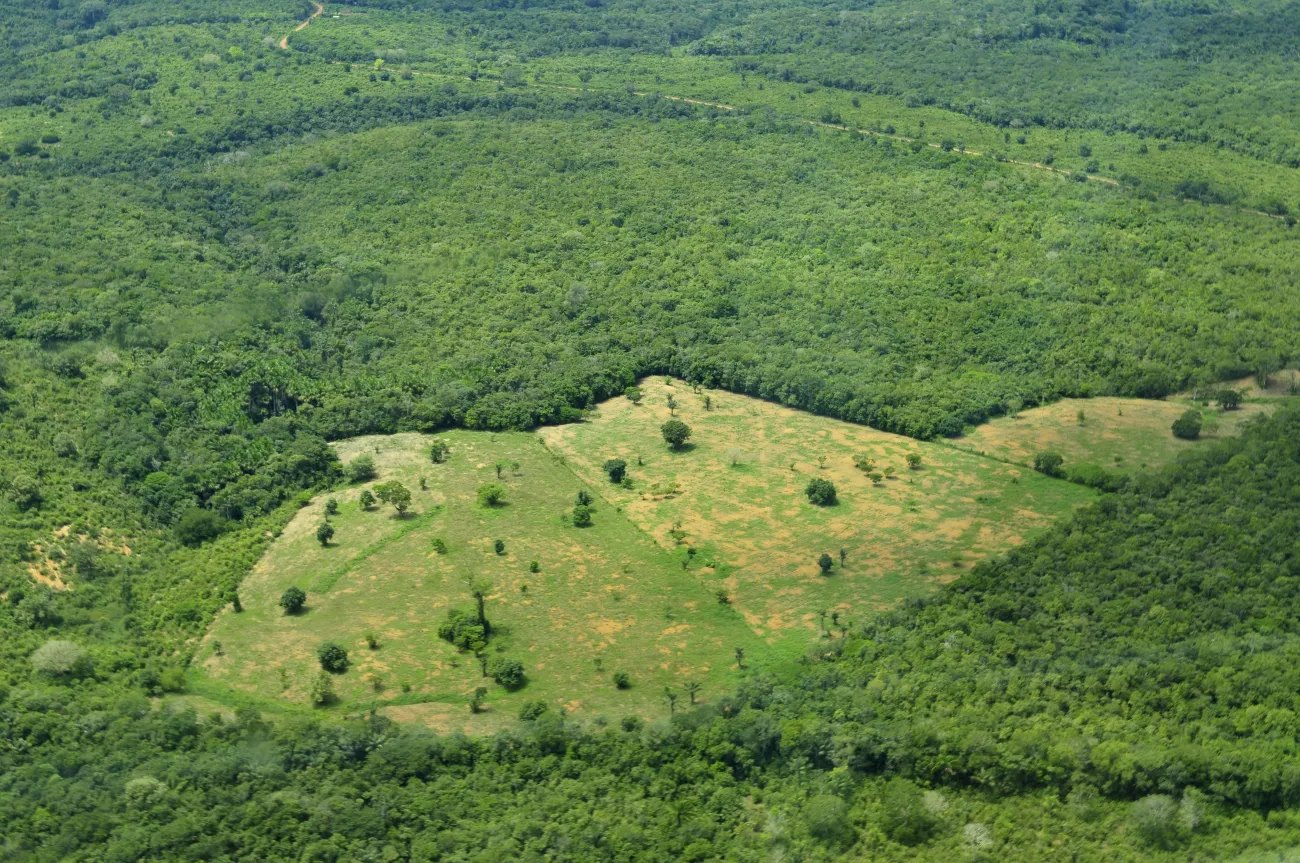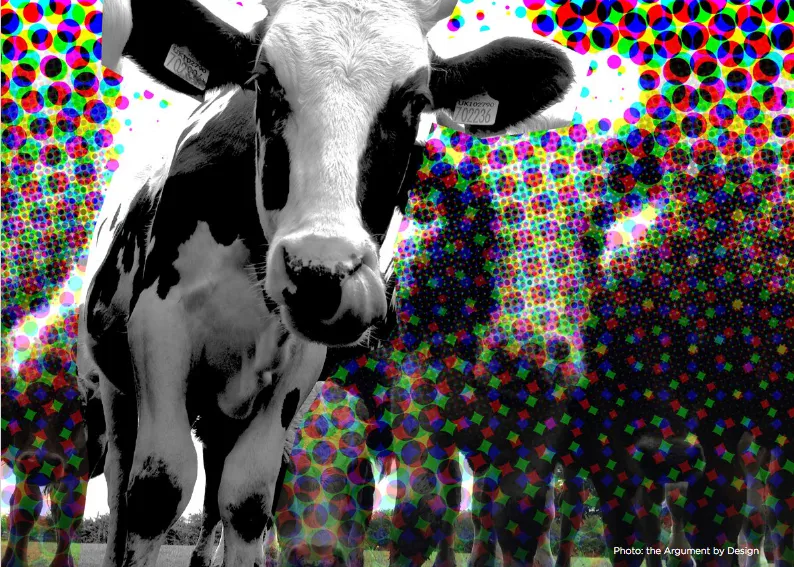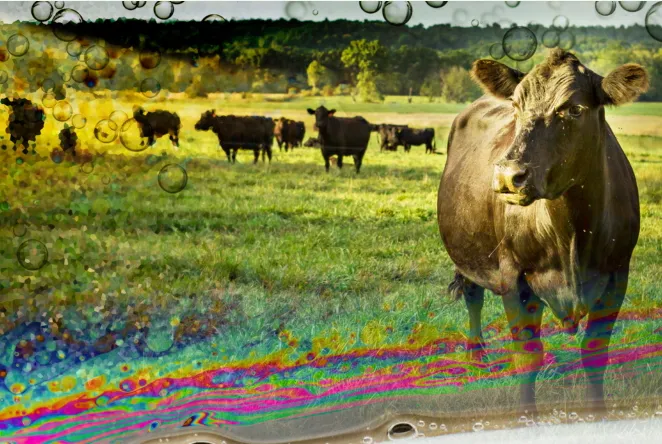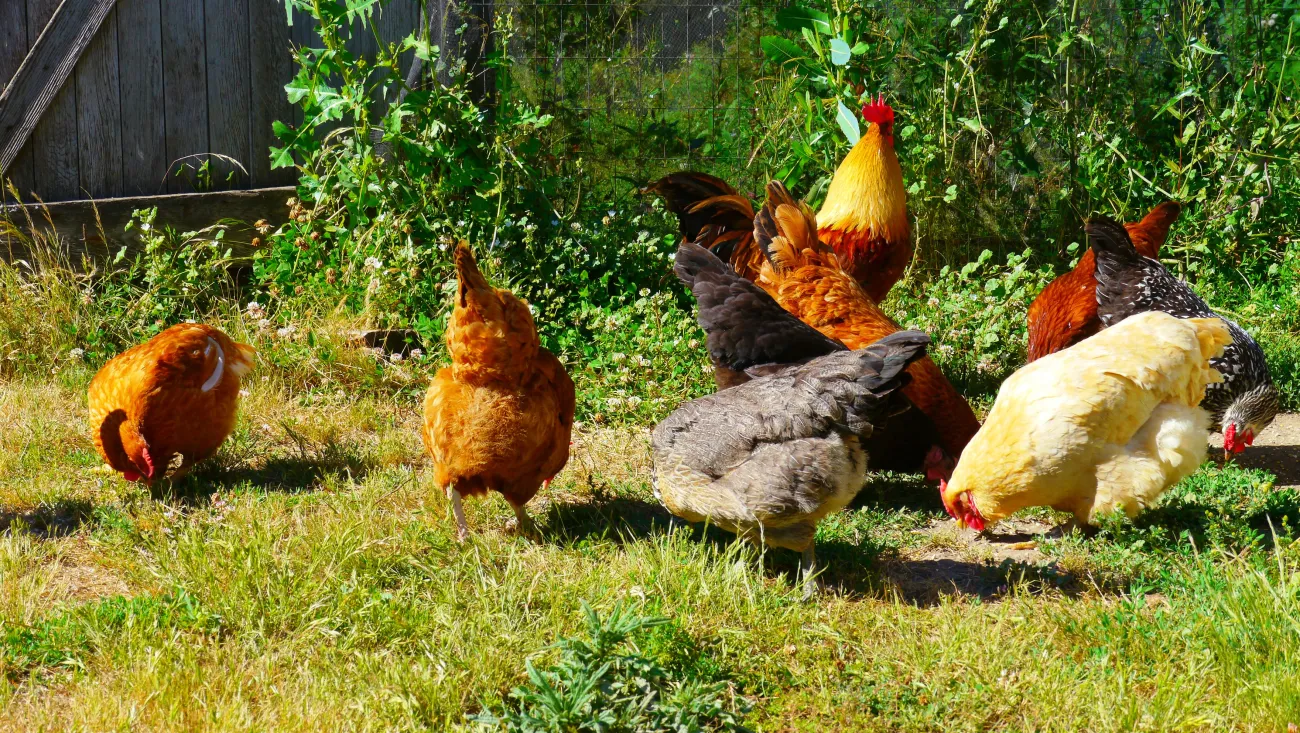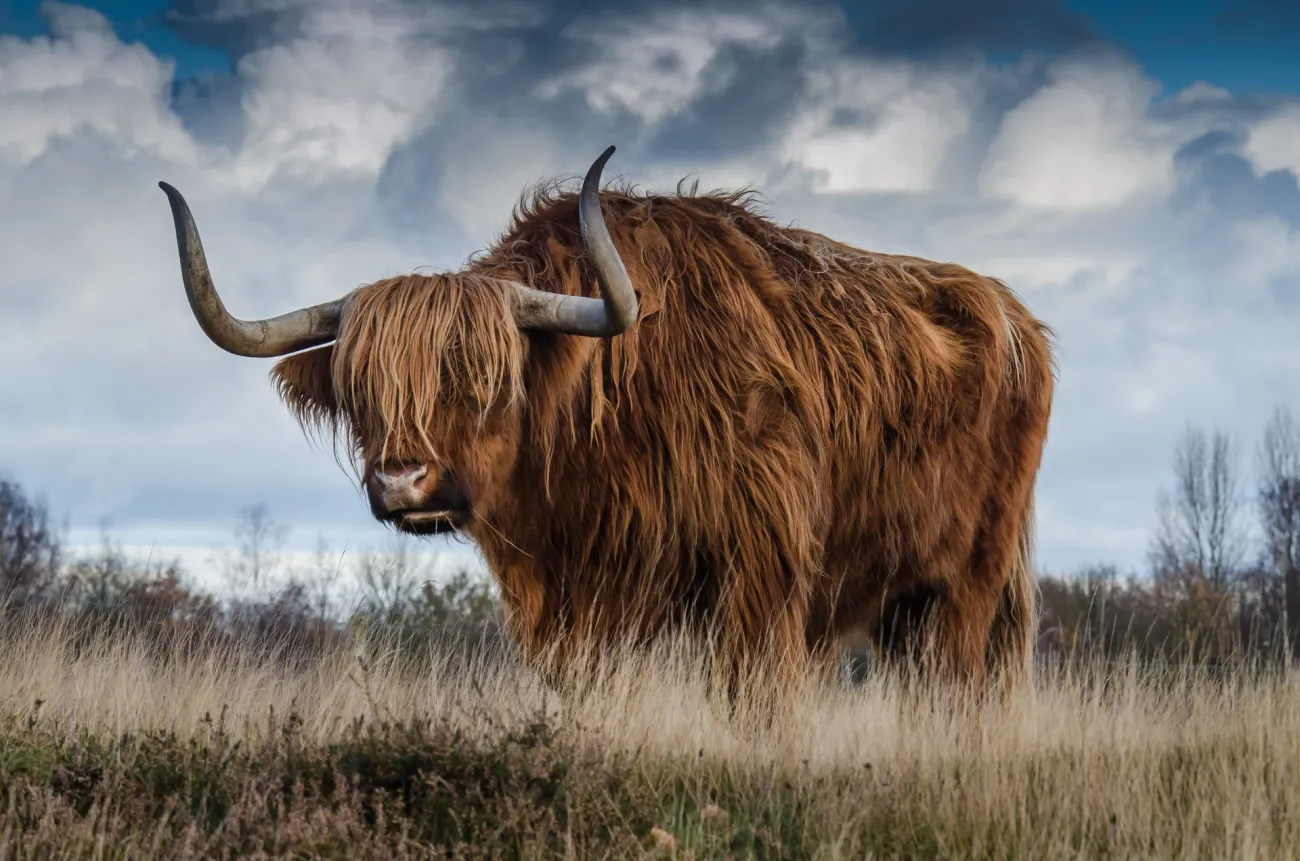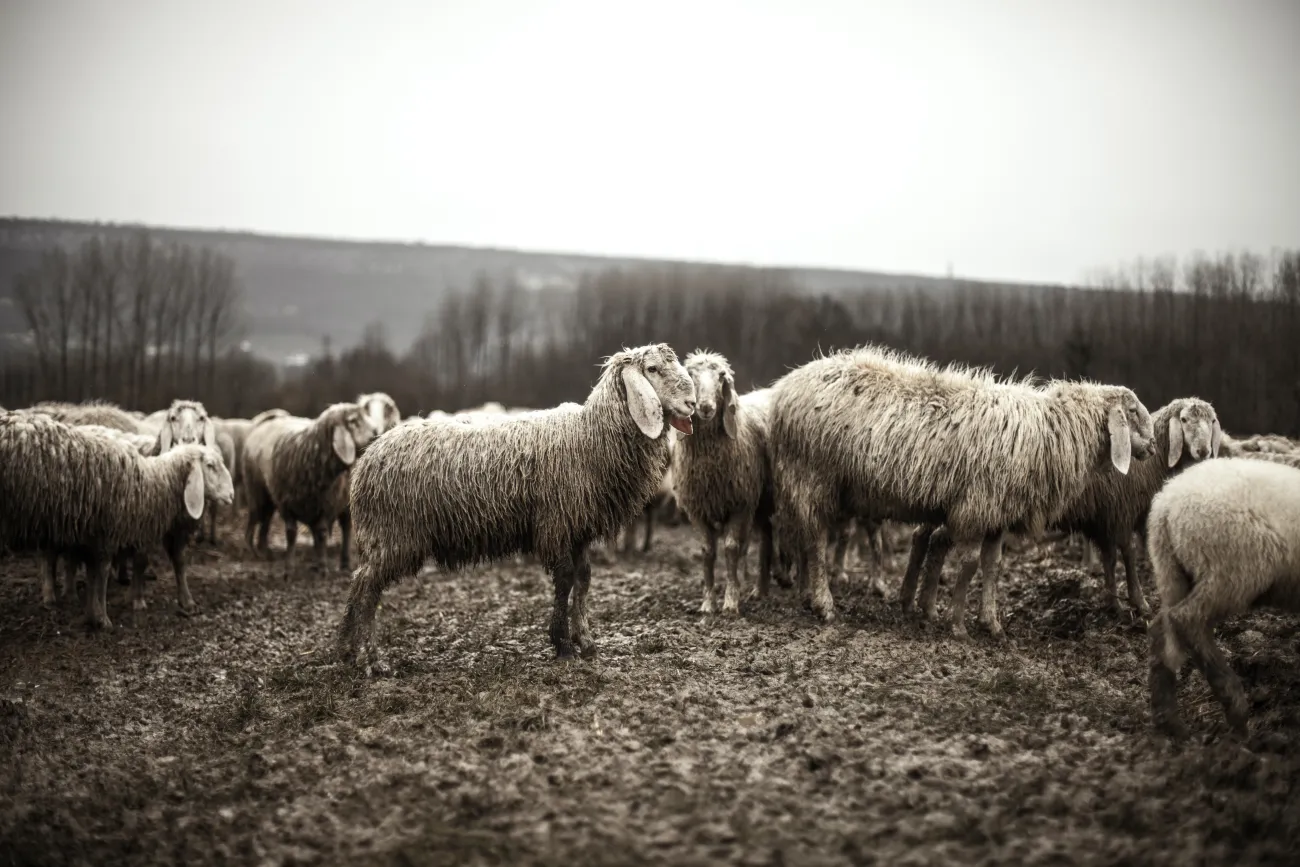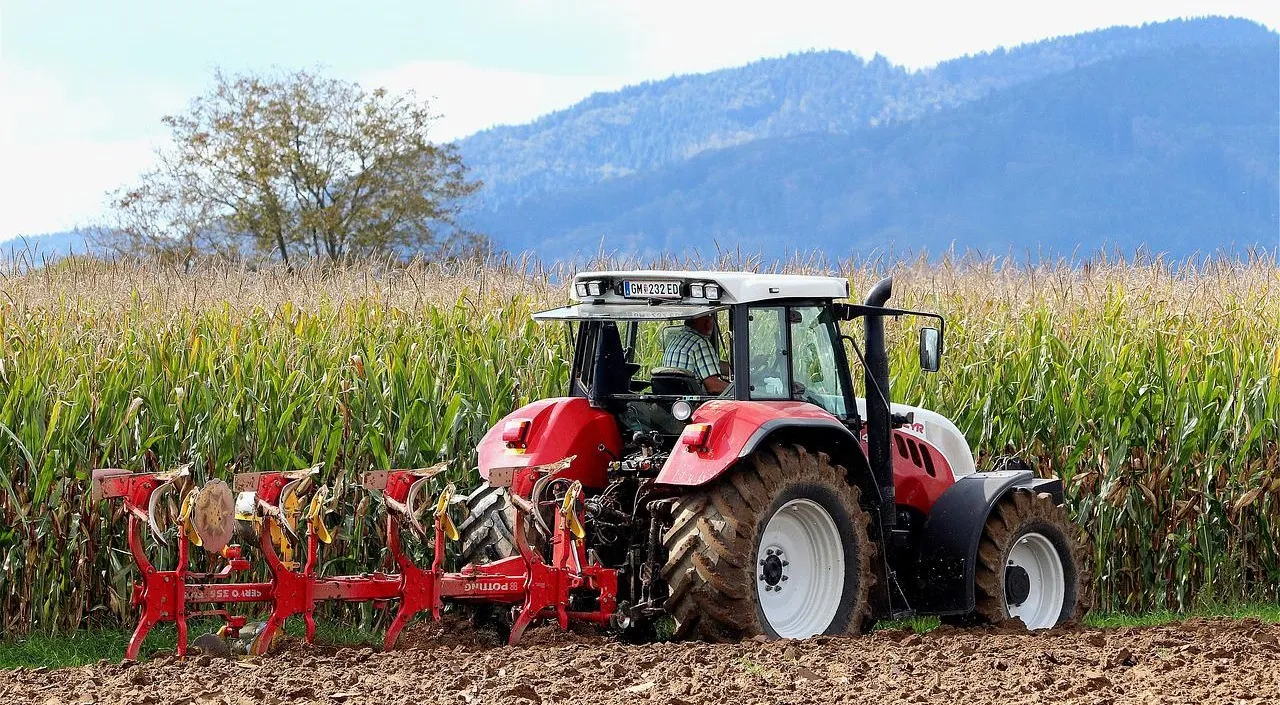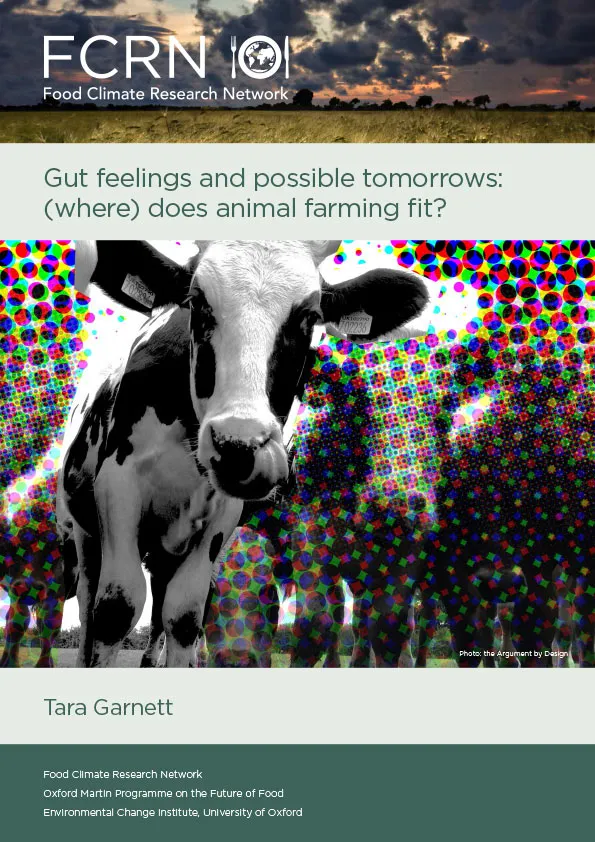What is TABLE and how is it funded?
TABLE is a university collaboration rather than a legal entity in its own right. TABLE is run by a small core team with at least one member from each partner university. We also work with many other people within and beyond each of our institutions - find out more on the Who we are page.
TABLE's three founding partners contribute both financial and practical support. These are:
- The University of Oxford, building on the work of the Food Climate Research Network.
- The Swedish University of Agricultural Sciences (SLU), via the SLU Future Food platform.
- Wageningen University & Research.
We are grateful for additional financial support past and present from:
- The Livestock, Environment and People (LEAP) programme at the University of Oxford, which is funded by the Wellcome Trust
- C.S. Mott Professor of Sustainable Agriculture, Michigan State University
- The Daniel and Nina Carasso Foundation
- Quadrature Climate Foundation
- FORMAS
- Cornell CALS
- The Agile Initiative (University of Oxford)
If you would like to explore the possibility of supporting TABLE's work as a funder, a donor or as an academic collaborator, please contact Tara: taragarnett@tabledebates.org.
We are committed to being transparent about our funding sources, to maintaining academic and editorial independence, and to ensuring that different perspectives on food sustainability issues are reflected in our work. For these reasons, we do not accept industry funding.

